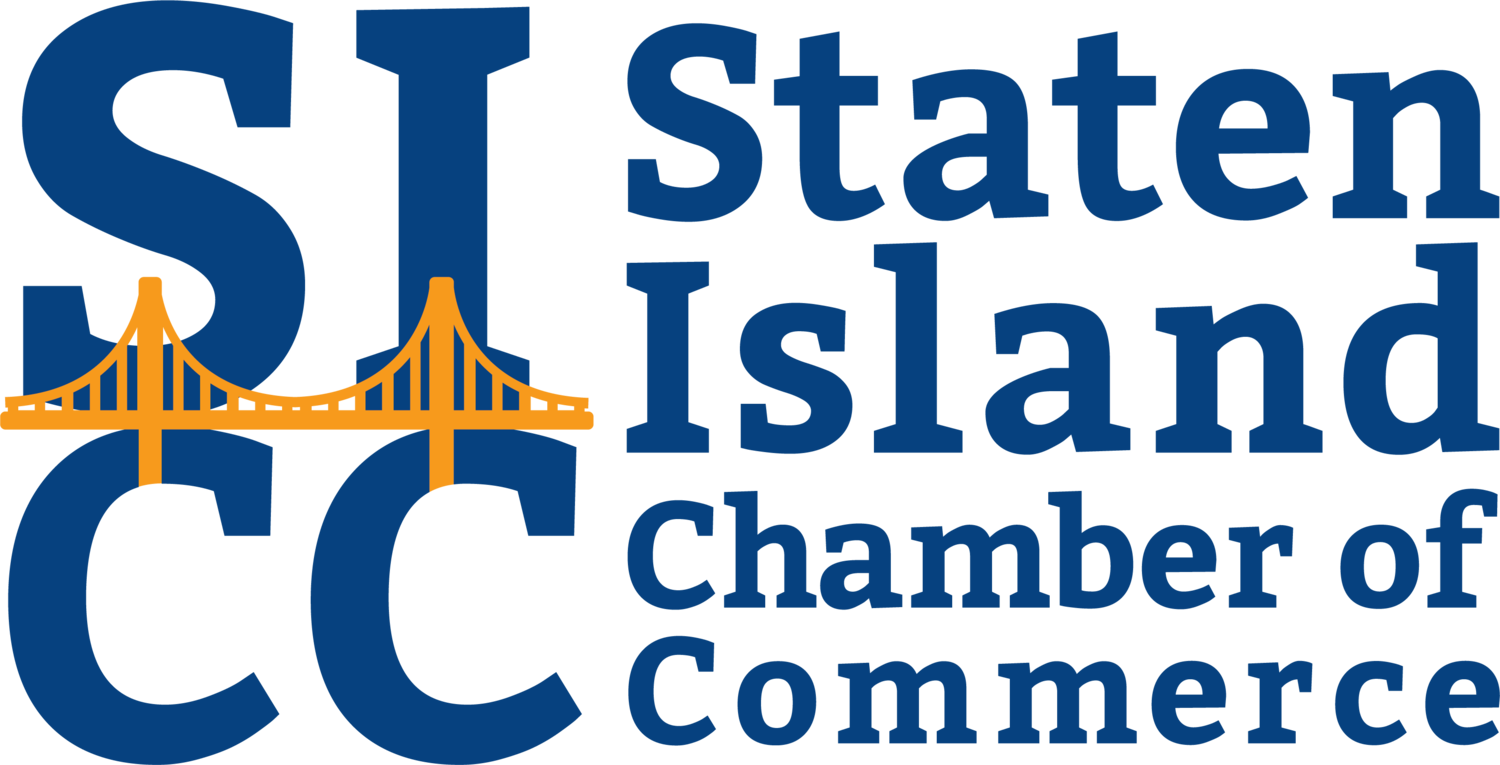Children at Play Early Intervention Center celebrates 25 years with the Chamber
One of the ways that Children at Play Early Intervention Center has proven to be such a valuable resource for the Staten Island community is its ability to adapt to changing needs.
“We listen to what our families are saying. We listen to what the community is saying. We try and meet the needs, which are always fluid and changing,” said Linda Salmon, executive director of Children at Play.
Though it opened in 1989 as an early intervention center providing services for children with developmental disabilities from birth to three years old, the Graniteville facility would ultimately be repurposed.
“As we grew, we saw how parents valued the relationships they formed here and the trust they developed in us, and then the families had to transition to a new place that worked with children 3-5 years of age. The parents did not really feel ready to make that transition yet, so we decided to start the preschool program. This way, we could work with the families and serve the children from birth to 5 years old,” said Salmon.
That change in the first two years proved to be just the beginning.
As the model of service provisions started changing, Children at Play decided to stop providing early intervention services and focus on preschool. That new focus led to the expansion of the Special Education Itinerant Teacher (SEIT) program.
“We also expanded into evaluations. We’re one of the largest evaluation sites on Staten Island. We evaluate hundreds of children every year, who attend preschools all over Staten Island. We collaborate with pediatricians, neurologists, other medical specialists in the process,” said Salmon. “Early identification of learning differences is crucial because of the potential impact intervention can have on a child’s life.
“Birth to six is the most important time to begin work with the kids because that’s when their brains are most plastic and malleable. That’s when you see the great changes. So, intensive work with children from birth to six is really important,” said Salmon.
The Center features a class containing eight students several of whom have been diagnosed with autism spectrum disorders who no longer need traditional Applied Behavior Analysis (ABA) services and who need to practice social/communication skills and learn to work in dyads and small groups. The Center also has 3 additional classes containing 12 students with a broad range of learning differences.
While the center keeps busy, Salmon says they still look for more ways to serve the community.
For example, Children at Play now provides administrative and billing support for the NYS Office for People With Developmental Disabilities’ Self Direction Program which empowers individuals with developmental disabilities to manage the supports and services they receive and determine who provides the supports.
Lastly, the Staten Island Foundation and the Richmond County Foundation contributed funds to develop a pre-literacy curriculum for preschool students with developmental disabilities. The curriculum has come to life as an integral part of the weekly classroom routine. Children At Play has also initiated a new curriculum and weekly groups to introduce a “feelings” vocabulary to the students and facilitate social/emotional competencies, emotional literacy, self-control, social competence, positive peer relations, and interpersonal problem-solving skills.
With all these programs, Salmon recognizes her staff of teachers, therapists, administrators, administrative assistants, and receptionists for making Children at Play a comfortable environment.
“Our staff is really incredible. They go above and beyond for every child in the program. They all have a strong commitment to not only the children but the families as well,” she said.
As Children at Play celebrates its 25th year with the Staten Island Chamber of Commerce, Salmon cites the help she has received through the years from members.
“The Chamber has connected me with a lot of resources that I’ve been able to draw from,” said Salmon. “It’s led to a lot of good community building for us and relationships with people who have been interested in our program and what we do.”

